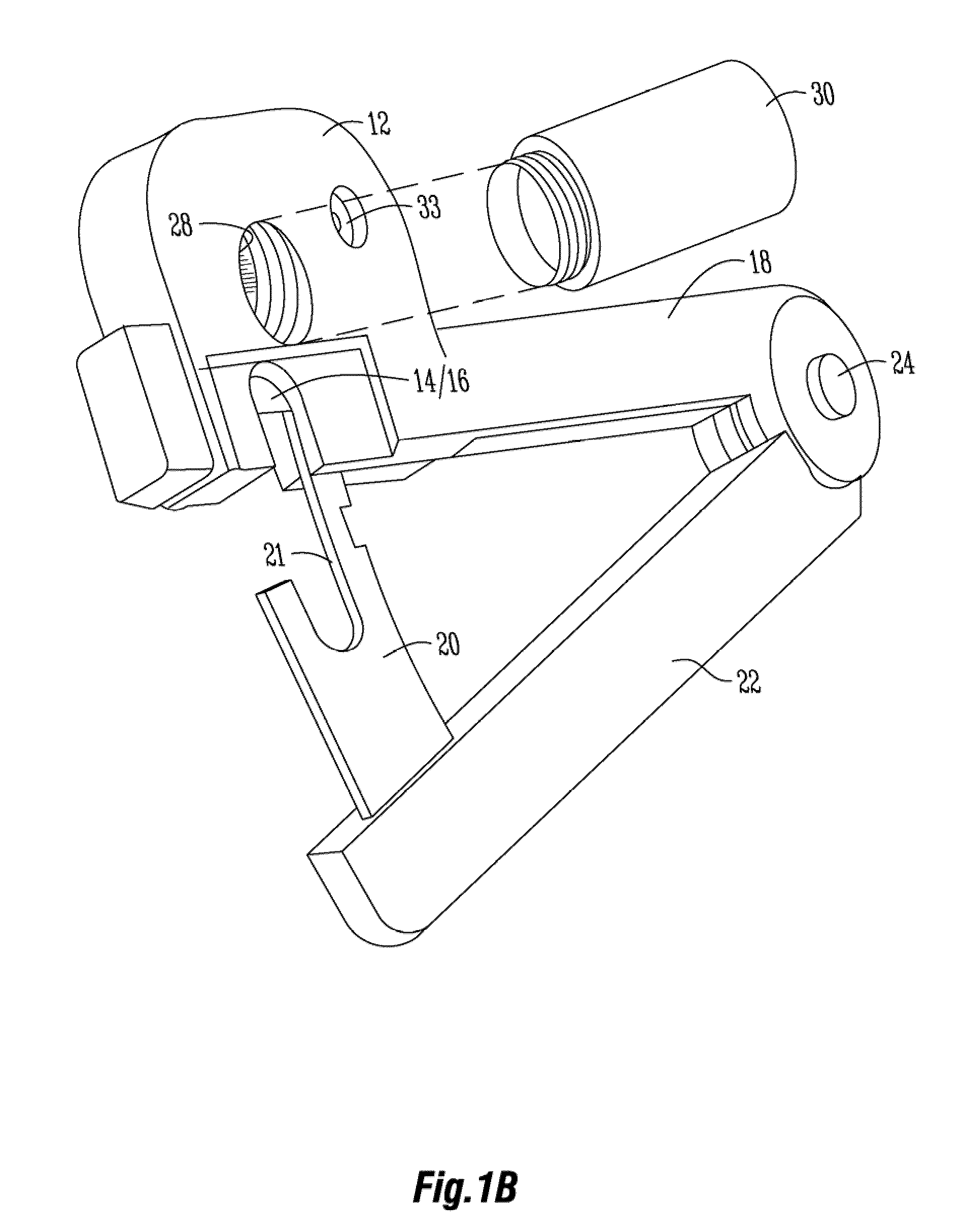Apparatus and systems for counting corn silks or other plural elongated strands and use of the count for characterizing the strands or their origin
a technology of elongated strands and counting apparatuses, applied in material analysis, instruments, measurement devices, etc., can solve the problems of high throughput of multiple samples compared to prior apparatuses and systems, and achieve the effect of reducing labor and time overhead of manual counting
- Summary
- Abstract
- Description
- Claims
- Application Information
AI Technical Summary
Benefits of technology
Problems solved by technology
Method used
Image
Examples
exemplary embodiment three
F. Specific Exemplary Embodiment Three
Silk Brush Cross Section Count
[0205]1. Summary
[0206]Another method of counting silks is illustrated in FIGS. 13 and 14A-C. The silk brush 338 of an ear of corn is held or pulled taut and held in place with, e.g., ¾ transparent adhesive tape 340 (FIG. 14A). The bound silk brush 338 is cut cleanly and transversely at or near both ends of the tape (FIG. 14B). This produces an inch long or so stable section of bound silk brush sample with opposite ends exposed to provide cross-sectional cuts of the entire silk brush 338. The sample is left at ambient temperature for a few minutes and each exposed silk end in the silk brush tends to blacken (FIG. 14B). This improves contrast. The exposed end of each silk can be manually counted, or an image can be obtained and manual counting done from the image. Alternatively, image analysis software, appropriately programmed, could perform an automated count.
[0207]2. Apparatus
[0208]A single bevel razor blade 344 or...
PUM
 Login to View More
Login to View More Abstract
Description
Claims
Application Information
 Login to View More
Login to View More - R&D Engineer
- R&D Manager
- IP Professional
- Industry Leading Data Capabilities
- Powerful AI technology
- Patent DNA Extraction
Browse by: Latest US Patents, China's latest patents, Technical Efficacy Thesaurus, Application Domain, Technology Topic, Popular Technical Reports.
© 2024 PatSnap. All rights reserved.Legal|Privacy policy|Modern Slavery Act Transparency Statement|Sitemap|About US| Contact US: help@patsnap.com










